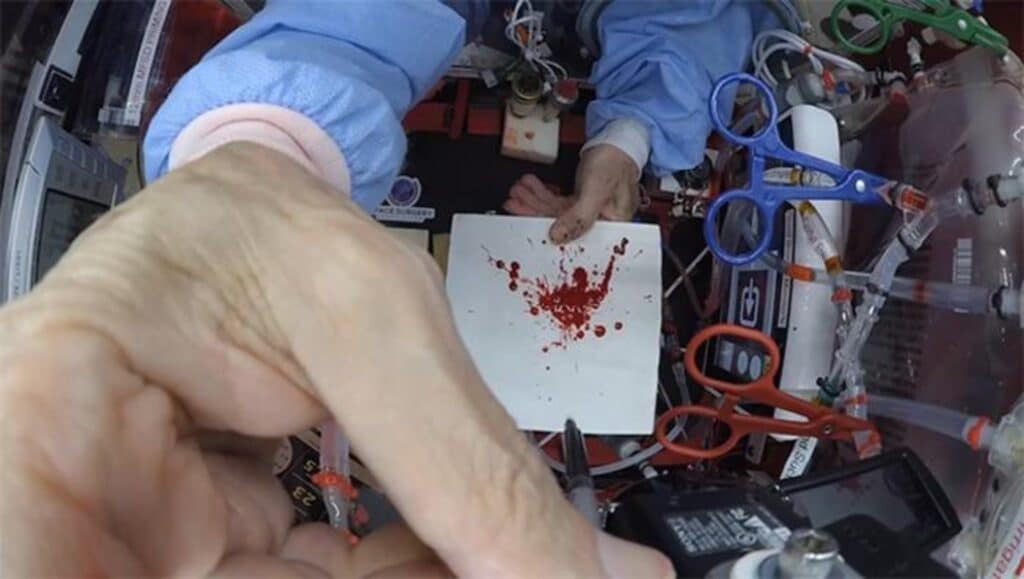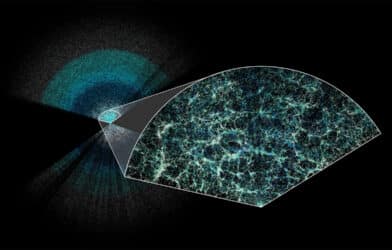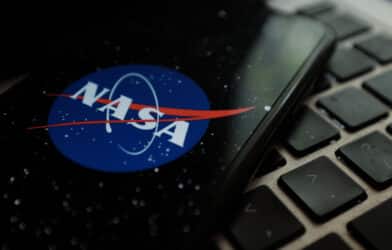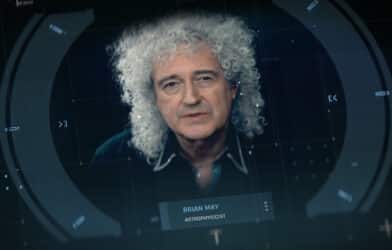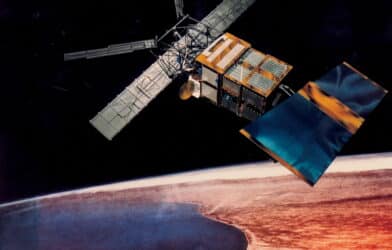“CSI” could soon be heading to space, thanks to a revolutionary new study. In an innovative leap forward, researchers are exploring the frontiers of forensic science beyond Earth, focusing on how blood behaves in the microgravity of space. Scientists from Staffordshire University and the University of Hull are shedding light on the unique challenges of analyzing bloodstain patterns aboard spacecraft — a crucial step as humanity ventures further into space exploration.
Bloodstain pattern analysis (BPA) is a crucial aspect of forensic investigations, providing valuable information about the events surrounding a crime. On Earth, BPA relies on the measurements of individual bloodstains to determine the flight path of blood droplets, including the angle of impact, area of convergence, and area of origin. In the absence of gravity, these calculations become more complex.
“With the rate of technological evolution in space exploration advancing humanity’s pioneering into the extraterrestrial frontier, the need for reliable forensic science techniques will become increasingly important,” the researchers emphasize in their paper. “Although the effects of microgravity present unique challenges for investigators, understanding the variables and physical forces at play can lead to a more reliable interpretation of bloodstain patterns both on and off Earth.”

The quest to understand how liquid blood acts when the force of gravity is virtually absent is not just academic curiosity but has practical implications for future forensic investigations in outer space.
“Studying bloodstain patterns can provide valuable reconstructive information about a crime or accident,” says study lead author Zack Kowalske, blood stain expert and crime scene investigator based in Atlanta. “However, little is known about how liquid blood behaves in an altered gravity environment. This is an area of study that, while novel, has implications for forensic investigations in space.”
The researchers note in their report that “by removing the influence of gravity, we can isolate the principal equation of the angle of impact estimation and therefore better understand the independent forces acting on bloodstains in terrestrial environments.” This understanding is essential not only for investigating potential crimes in space but also for improving the accuracy of BPA on Earth.
Forensic science, traditionally seen through the lens of crime-solving, also plays a vital role in reconstructing accidents or analyzing equipment failures. Kowalske, who led the study as part of his doctoral research at Staffordshire University, points out the potential for applying forensic disciplines in the event of a critical incident on a space station or shuttle, highlighting the importance of adapting our knowledge to the final frontier.
“Astroforensics is a novel subdiscipline that is in its infancy,” notes Kowalske. “Broadening the understanding of all forensic sciences in non-terrestrial environments is critical as we expand into a space-faring species. Research is needed, research that spans across all disciplines.”
The study utilized a modified Boeing 727 aircraft, operated by Zero Gravity Corporation, to simulate the conditions of microgravity. Researchers used a mixture simulating human blood’s density and viscosity — comprising 40 percent glycerin and 60 percent red food coloring.
During the experiments, the blood analog was projected onto a target surface at various angles using a syringe in conditions of reduced gravity (between 0.00 and 0.05 grams). The researchers observed that in microgravity, surface tension and cohesion become the dominant forces influencing the shape and size of blood droplets. As a result, the droplets formed spherical or nearly spherical shapes when in free flight.
“With the lack of gravitational influence, surface tension and cohesion of blood droplets are amplified,” explains study co-author Graham Williams, professor at the University of Hull. “What this means is that blood in space has a higher tendency to stick to surfaces until a greater force causes detachment. Within the application of bloodstain formation, it means that blood drops exhibit a slower spread rate and, therefore, have shapes and sizes that would not be reflective on Earth.”
One notable observation was the inhibition of inertial spreading upon contact with the target surface. In microgravity, the blood droplets retained a microfluid dome instead of completely spreading and settling, as they would on Earth. This phenomenon led to incomplete stain width and length development, particularly for stains created at acute angles. Consequently, the calculated angle of impact for these stains deviated significantly from the actual angle.
Despite these challenges, the researchers found that the stains retained shape characteristics that indicate vector directionality, a crucial aspect of reconstructing the events surrounding a crime.
“On Earth, gravity and air drag have a noticeable influence on skewing the calculated angle,” says Williams. “The initial hypothesis was that because of the absence of gravity, certain mathematical calculations would be more accurate. However, the amplified effect of surface tension became a predominant factor that caused the calculation to have greater variance, even in the absence of gravity.”
This research marks the first of its kind to delve into the behavior of blood in zero-gravity conditions, a critical step given the accelerating pace of space exploration. As humanity’s presence in space grows, so does the need for reliable forensic science techniques that can be applied beyond Earth.
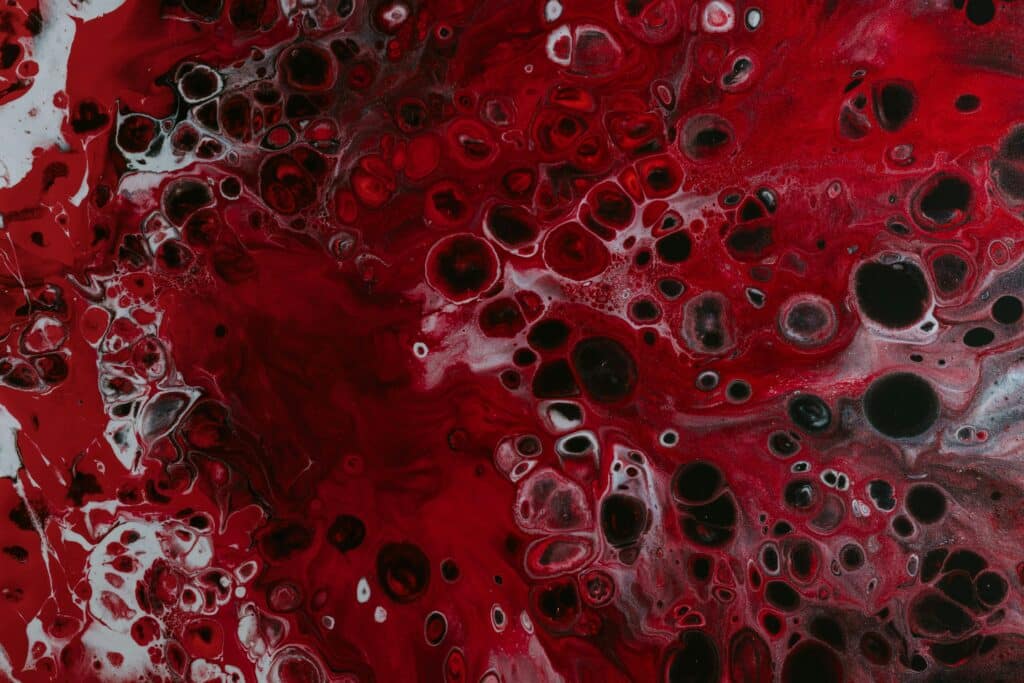
“We find ourselves in a new era of forensic science; just as mid-19th century research asked the question of what a bloodstain meant in relation to cause; we are once again at the beginning of new questions that tie in how new environments influence forensic science,” concludes Kowalske.
As we continue to push the boundaries of space exploration, it is crucial to adapt our forensic techniques to the unique challenges presented by microgravity environments. The work of Kowalske and his colleagues represents a significant step forward in this endeavor, paving the way for more accurate and reliable forensic investigations in the final frontier.
The study is published in the journal Forensic Science International Reports.
